Within Kyoto City
Latest content and event information
-
A long-established inn founded in 1912"Sumiya Ryokan"
The calm, sukiya-style building stands out in Sanjo Fuyacho, the heart of Kyoto. From the guest rooms and teahouse, you can enjoy the beautiful changes of the seasons in the courtyard.At the matcha experience at Sumiya Ryokan, you will be taught how to make and drink matcha, and you can try making it yourself or drink the matcha you made with your family or friends.You can have a fun time.
Sumiya Ryokan is also famous as a tea ceremony inn with deep ties to the Urasenke school. There are five tea rooms in the building, the most famous of which is Gyokutoan. It was named by the 14th head of the Urasenke school, Tantansai, after his predecessor, who was born in the year of the rabbit.
This plan is,Private plans for groupsFor those who are not comfortable sitting upright, we also have chair seats available. Please take this opportunity to come to Sumiya Ryokan.
The official website of Sumiya Ryokan can be found here
Private experiencePrivate ExperienceSumiya RyokanMatcha ExperienceKYOTOKyoto experienceTea ceremonylong-established storeMatchatea roomLINK KYOTOhistoryexperienceKyoto's Unique VenuesgenuineKyoto culturetraditional culture
-
"Tie-dye"It is a method of dyeing kimono that has been passed down in Japan for about 700 years.
By tying the fabric with thread and applying pressure, the fabric is dyed in a state where it is under pressure.
This is a traditional tie-dyeing technique called "makiage shibori," which creates patterns without the dye soaking through.
The way the pleats are gathered and the way the string is wrapped around the fabric will affect how the white background appears,
The skill comes into play in deciding which parts to dye.
You can choose from a wide range of 20 colors.
You will create a unique, one-of-a-kind piece of art just for you.
You can take your creations home with you.
experiencetaikenKYOTOLINK KYOTOhistoryexperienceKyoto's Unique VenuesKyoto culture
-
"Okazaki-an" is a Japanese-style mansion built by "Ueba Hide", a famous geisha in Kyoto, to live out the rest of her life with her husband "Shundo Koji", who was a producer at Toei, and their daughter "Takako".
It is a luxurious building with modern interior design and a Noh stage made entirely of cypress, which was rare at the time, and the windows offer a panoramic view of the torii gates of Heian Shrine and Mt. Daimonji.
This is a luxurious plan where you can enjoy a meal while watching a maiko perform on the Noh stage in this elegant setting.
Limited to one group per time slotSo, after your viewing, you can take commemorative photos, chat with the maiko, and have them all to yourself, which will surely be an unforgettable memory of your trip to Kyoto.
*This plan is a reservation by request. After you apply online, we will contact you by email after confirming with the operator whether or not the reservation can be made on the date you wish to make.
Japanese ResidenceOkazakianDance AppreciationOkazakiKYOTOLink KyotoKyoto experiencespecialmaikogeishaLINK KYOTOKyoto sightseeingKyoto's Unique VenuesgenuineKyoto culturetraditional culture
-
Tadasu Noh
- What Tadasu Noh Is
"Tadasu Noh" is performed in the dance hall of Shimogamo Shrine in Kyoto.
This is a special Noh performance held in the forest.As bonfires light up in the Tadasu Forest at dusk, the sounds of flutes and drums gently echo, and the audience experiences a moment when nature and performing arts blend together.
This event is a revival based on the "Tadasugawara Kanjin Sarugaku" that was held approximately 550 years ago.
It was performed again in 2015 on the occasion of the Shimonen Sengu (yearly rebuilding of the shrine) at Shimogamo Shrine, and has now become an established annual event held after the Aoi Festival.
The rustling of leaves, the chirping of birds, and even the crackling of firewood all become part of the stage, and the Noh performance itself progresses in harmony with nature.
Tadasu Noh is a festival that depicts the time when people and nature coexist, quietly evoking the image of "prayer" that lies at the origin of Noh.
And at its core is the unique worldview of this land, where forests and people live in harmony.
Next, we will take a closer look at the appeal of Tadasu-noh.
SustainableTadasu abilityCulturalKyoto sustainable tourismsustainable
-
The Kyoto Institute of Invention and Innovation has supported local industry and intellectual property for over 100 years since its founding in 1901. In this program, "Kyoto Invention Classroom," participants will have fun learning about the mechanisms of invention and the role of intellectual property, using topics ranging from historical inventions born in Kyoto to the latest technologies that support our daily lives.
This is an inquiry-based learning program that involves lectures and hands-on workshops, allowing children to ask themselves questions, seek answers, and grasp clues for solving future problems. It combines traditional wisdom with modern technology to foster creativity and multifaceted thinking.Field trips for adultsinventionEdisonWorkshopKyoto Institute of Invention and InnovationKyoto experienceLINK KYOTOsustainable
-
We are committed to contributing to people's health through pharmaceuticals and functional foods. Santonin, our revolutionary roundworm treatment, is made from the plant Artemisia miltiorrhiza. The world is home to a diverse range of plants, from the trees you see on your way to school to plants that produce fruit for snacks and even medicinal plants. The Yamashina Botanical Museum collects and cultivates approximately 3,000 species of plants from around the world. During your tour, you will experience the mysterious allure of plants. You will also learn about the evolution of pharmaceutical development throughout our company's history. Furthermore, you can utilize this opportunity for career development through interactions with employees who are committed to contributing to health.
Field trips for adultsplantmedicineLINK KYOTOhistoryexperience
-
- Considering the future of "Kyoto's Kitchen" -
Nishiki Market has flourished as a fish wholesaler since the Edo period, with over 130 stores lined up along the 390 meters from east to west from Teramachi to Takakura. Walking through the long market is like walking down a road of 400 years of history. Learn about 400 years of history and food culture, and think about the "responsibility to the future" that Nishiki Market bears in the field of "food," which is closely linked to the SDGs!Field trips for adultsNishiki Market Shopping Street, KyotoLINK KYOTOKyoto sustainable tourismexperienceHospitalityKyoto culture
-
In Kyoto City"Kyoto Carbon-Free Lifestyle Promotion Team - 2050 Kyoto Meeting"Under the working group, we are creating projects that connect the choices each individual makes in their daily lives to decarbonization.
"Project to make visible stores that offer vegetarian menus"has been working to introduce restaurants that serve vegan food, aiming to reduce the environmental impact of food by increasing the number of vegetarian options. As part of this effort, we will be holding a walking tour for the general public that includes a vegan food experience while enjoying a stroll around the city.Quoted from Kyoto City Information Center
About "Vegan Walking: Kyoto Sanjo-kai Shopping Street Edition"
We believe that veganism can be incorporated not only into a diet of plant-based foods, but also into fashion, daily necessities, and play that are made from plant-based products, and we will be running tours that allow you to experience vegan "clothing," "food," "housing," and "culture" (English language support available).
VeganVegetarianEnvironmental loadLink KyotoLINK KYOTOKyoto tourism moralsKyoto sustainable tourismsustainabledecarbonizationcarbon neutralcarbon offset
-
Furukawacho Shopping Street Life and food culture experience
An English-speaking guide will guide you through the experience.
<Experience content>
① Knife sharpening experience(Time required: 90 minutes)
In the Furukawacho shopping district, there is a knife sharpener who has been in the business for 26 years.
Only at Furukawacho Shopping Street can you experience the artisanal skill of knife sharpening.
Learning how to properly sharpen your knives will make cooking even more enjoyable.
*This is not a knife-making experience.
*Please note that you cannot take home the knives. You can purchase them at the workshop.<Experience content>
A 15-minute lecture from a craftsman about the types of knives
Lecture on blade types: 15 minutes
Lecture on how to sharpen knives 60 minutes②Obanzai making experience(Time required: 70 minutes)
Home cooking passed down from grandmother to mother and mother to daughter is called obanzai in Kyoto. Let's make the mother's obanzai recipe of "Kyogohan Nishimura" together using the ingredients purchased at the shopping street.<Experience content>
Nishimura-san will give a lecture on how to make it (10 minutes)
2 dishes 30 minutes
Tasting of the prepared dishes: 30 minutesLINK KYOTOShirakawaFurukawa TownChion-in TempleexperienceKyoto's Unique VenuesFood cultureKyoto cultureJapanese sakeKyoto cuisineJapanese foodtraditional culture
-
A sake brewery tour that is normally closed to the public and that you can enjoy with all five senses
Sasaki Sake Brewery continues to brew sake in the middle of Kyoto.Located on the ruins of Jurakudai, which was loved by Toyotomi Hideyoshi, all of the sake is brewed using the hand-made techniques passed down in Kyoto and Rakuchu.In this plan, you can touch the sake brewing in Rakuchu that has been handed down for a long time.At the end, you can taste and compare 5 kinds of sake recommended by the brewer according to the season!
[Recommended points]
・Brewery guides the sake brewery.All processes such as bottling and labeling are done in the brewery, so we will show you the entire sake brewing process.
・Recommended by the brewer depending on the seasonTaste and compare 5 types of sake.May include alcoholic beverages not for sale.
・In the winter when sake brewing is in full swingPossibility to drink unpasteurized sake.
·aliveYou can look into the moromi tank.You can enjoy it with all five senses, such as the popping sound and smell during fermentation.Link KyotoLINK KYOTOSake brewerySake tourismSake brewery tourRakuchuToyotomi HideyoshiexperienceKyoto's Unique VenuesKyoto cultureJapanese sake


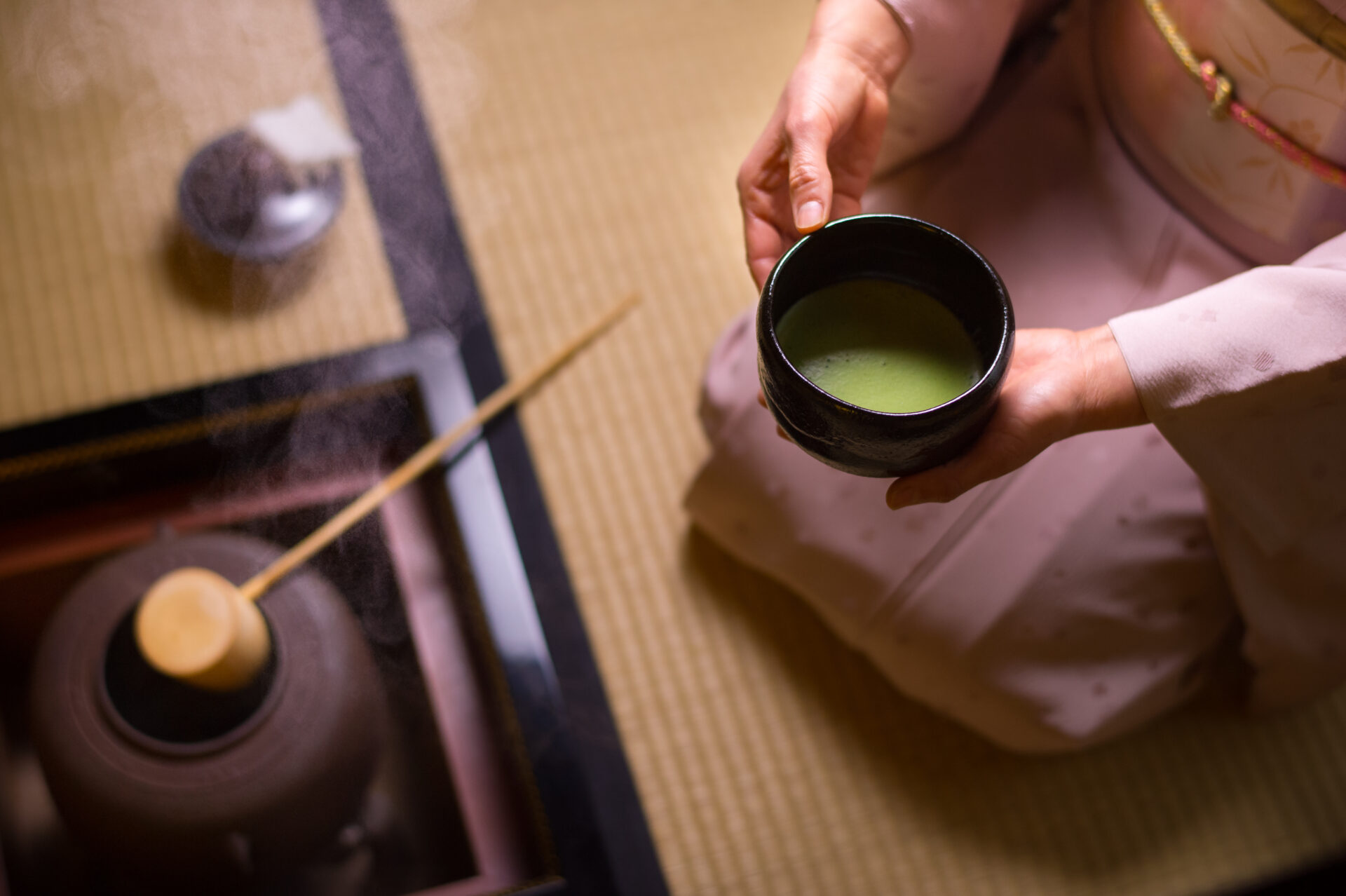
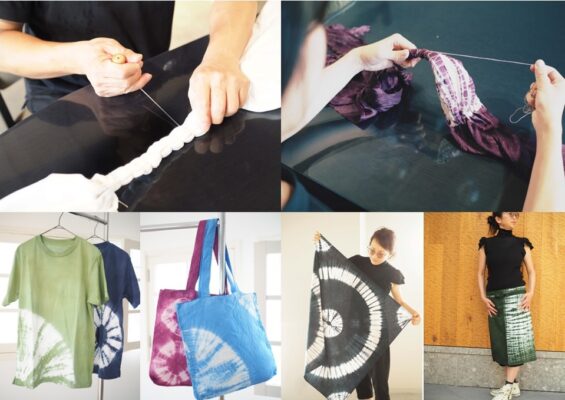
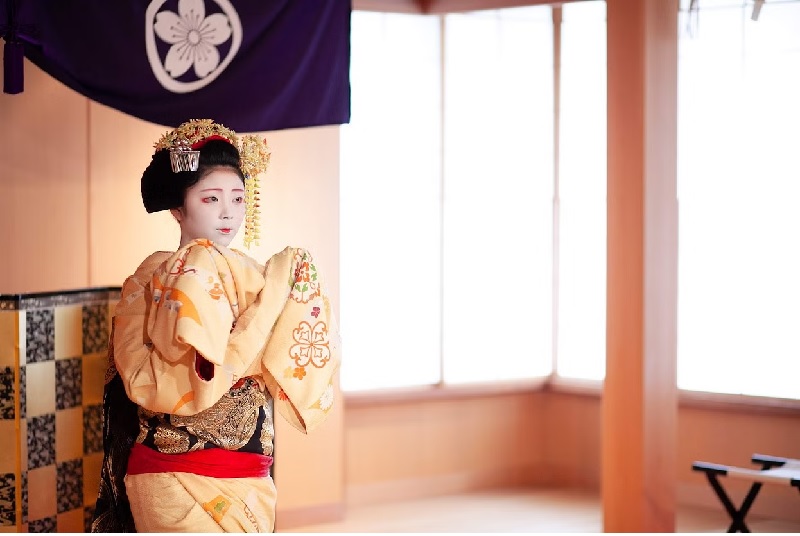
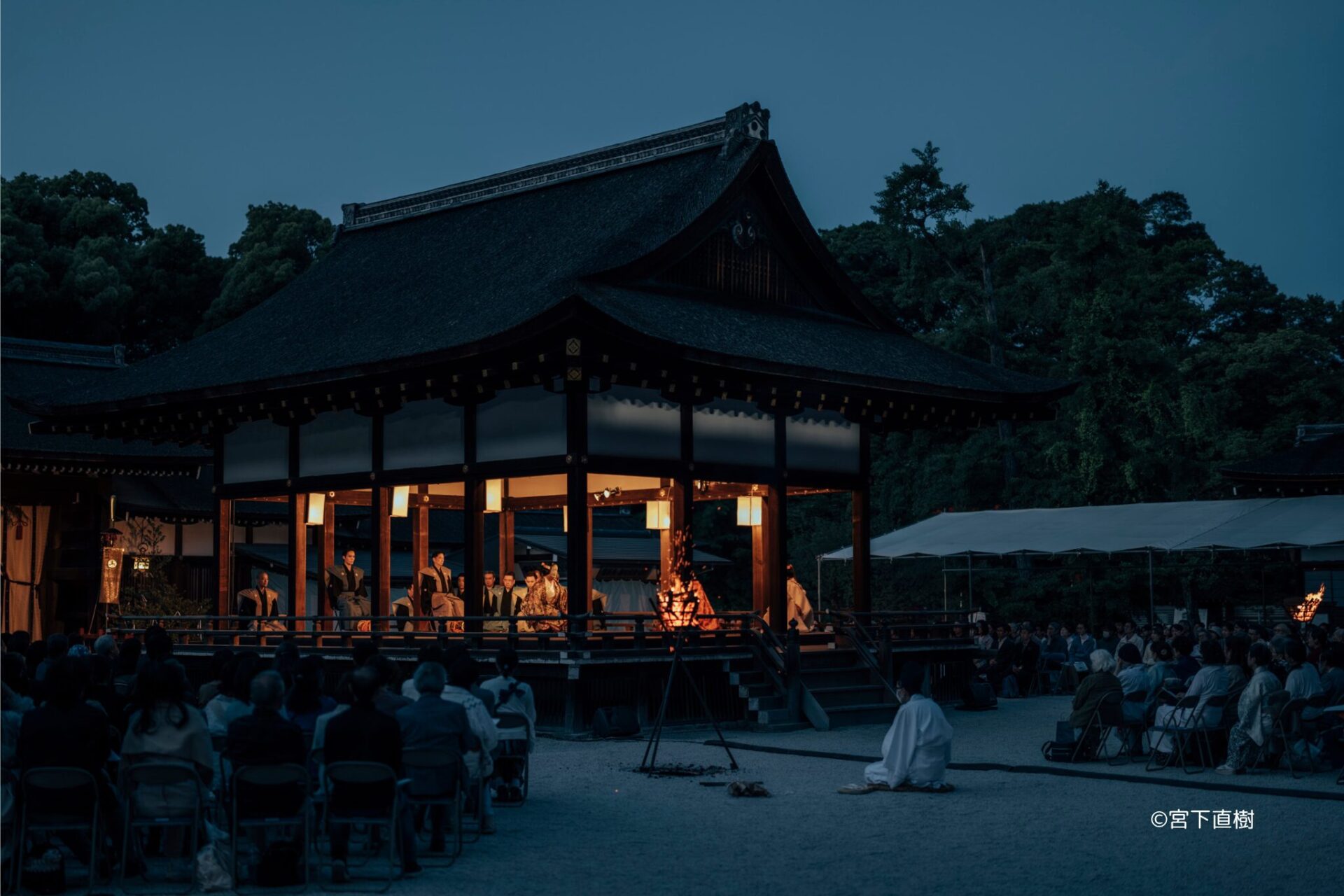

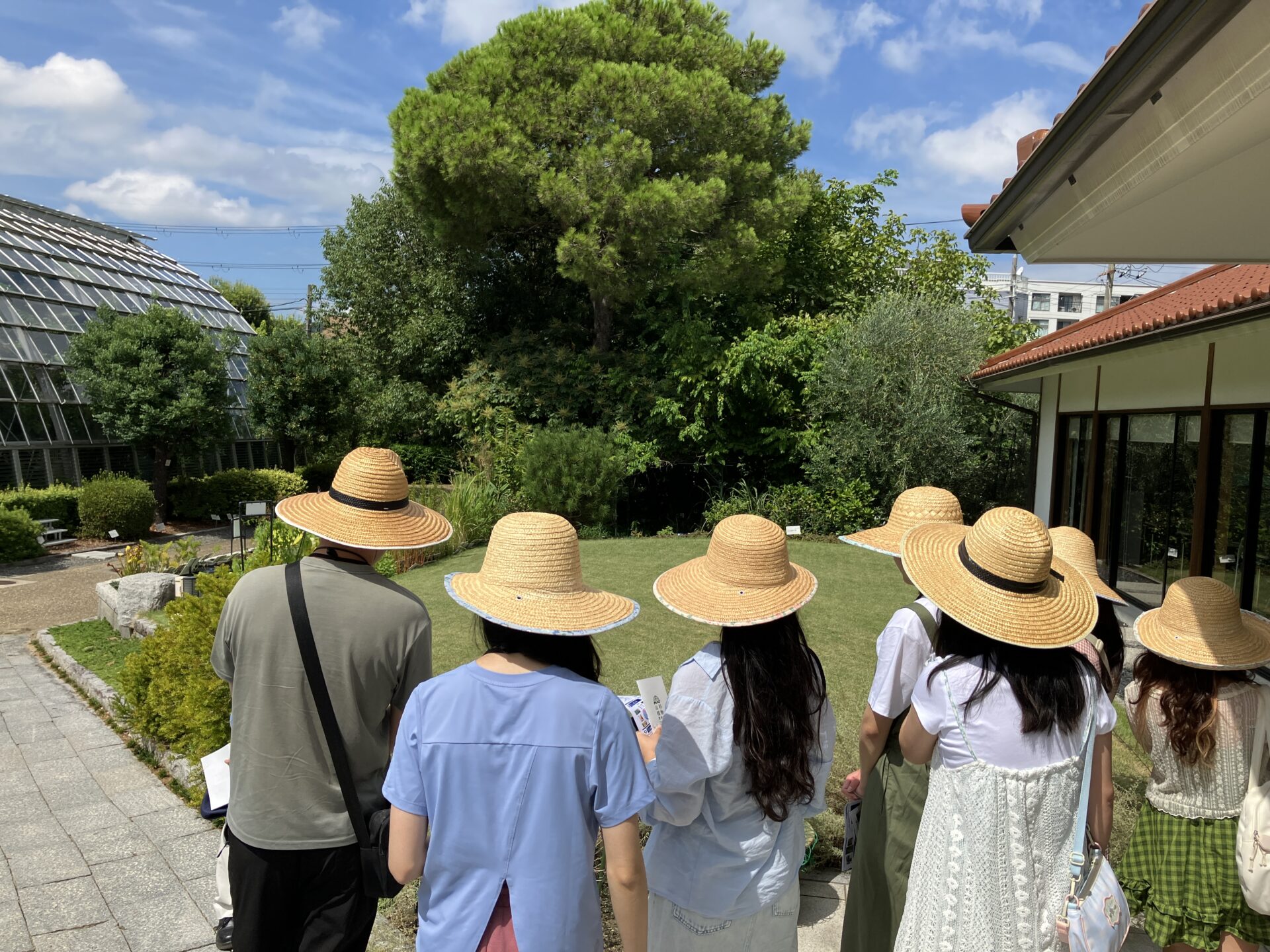
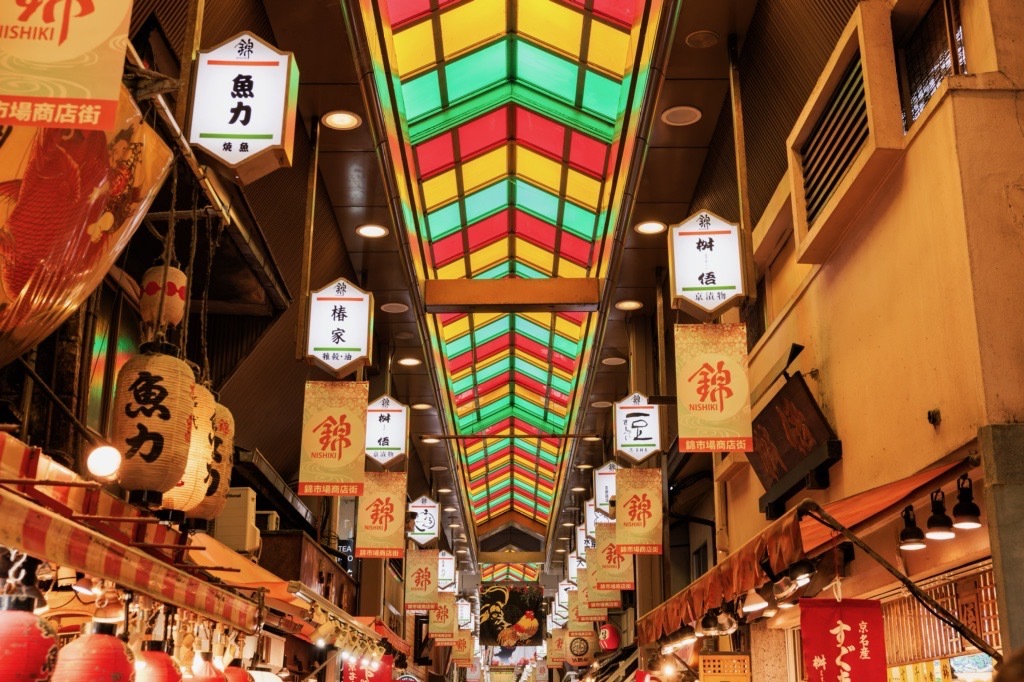
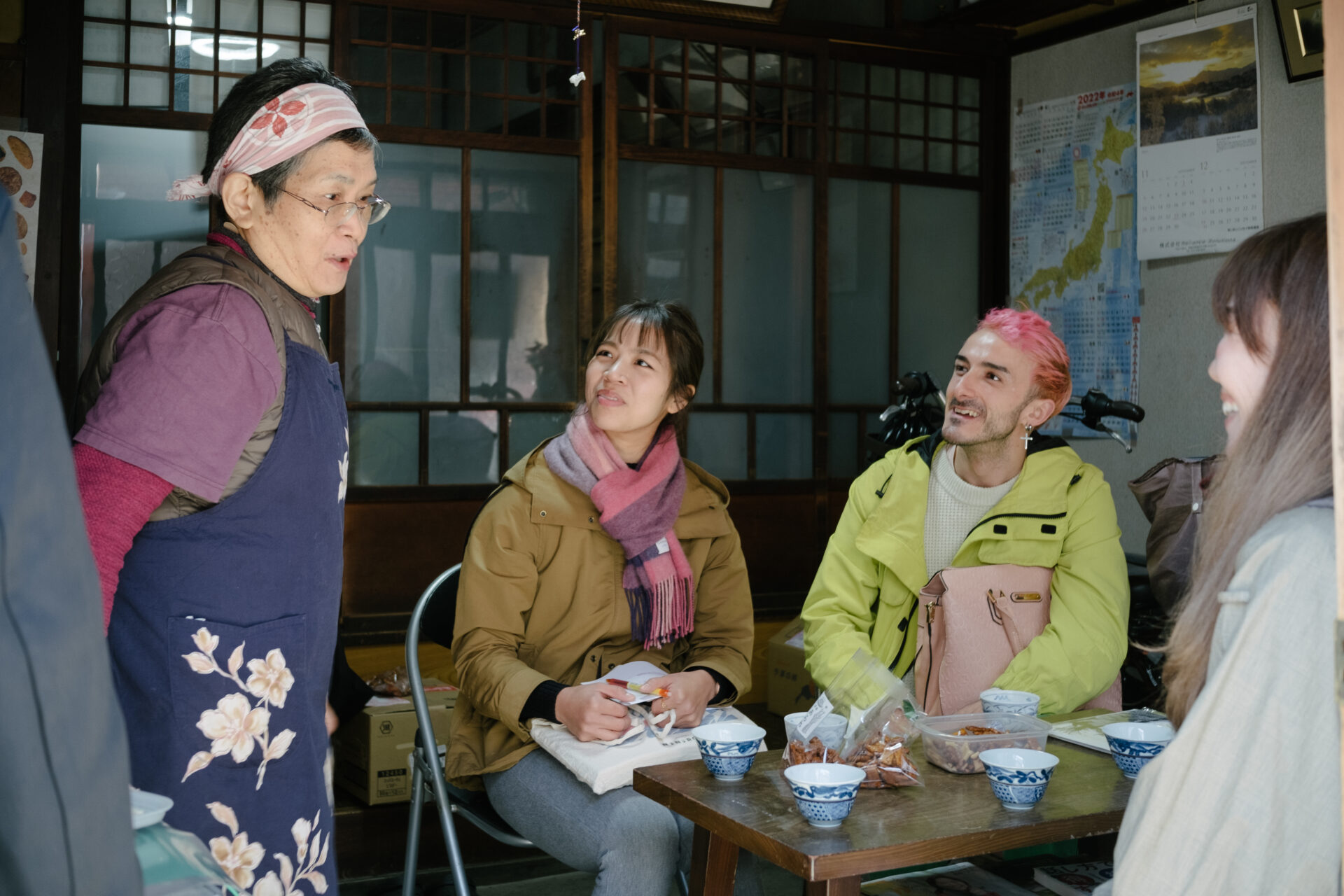
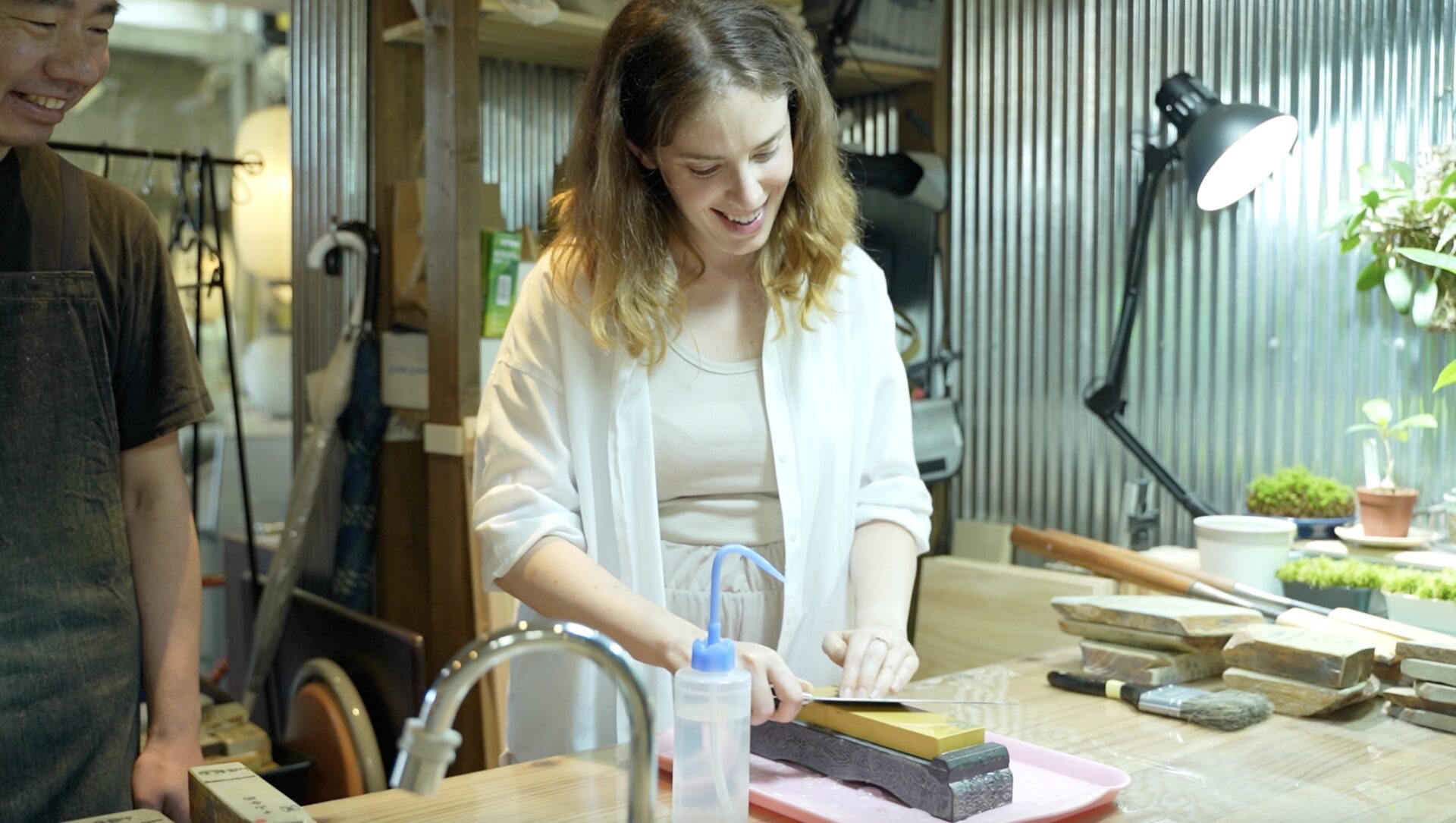
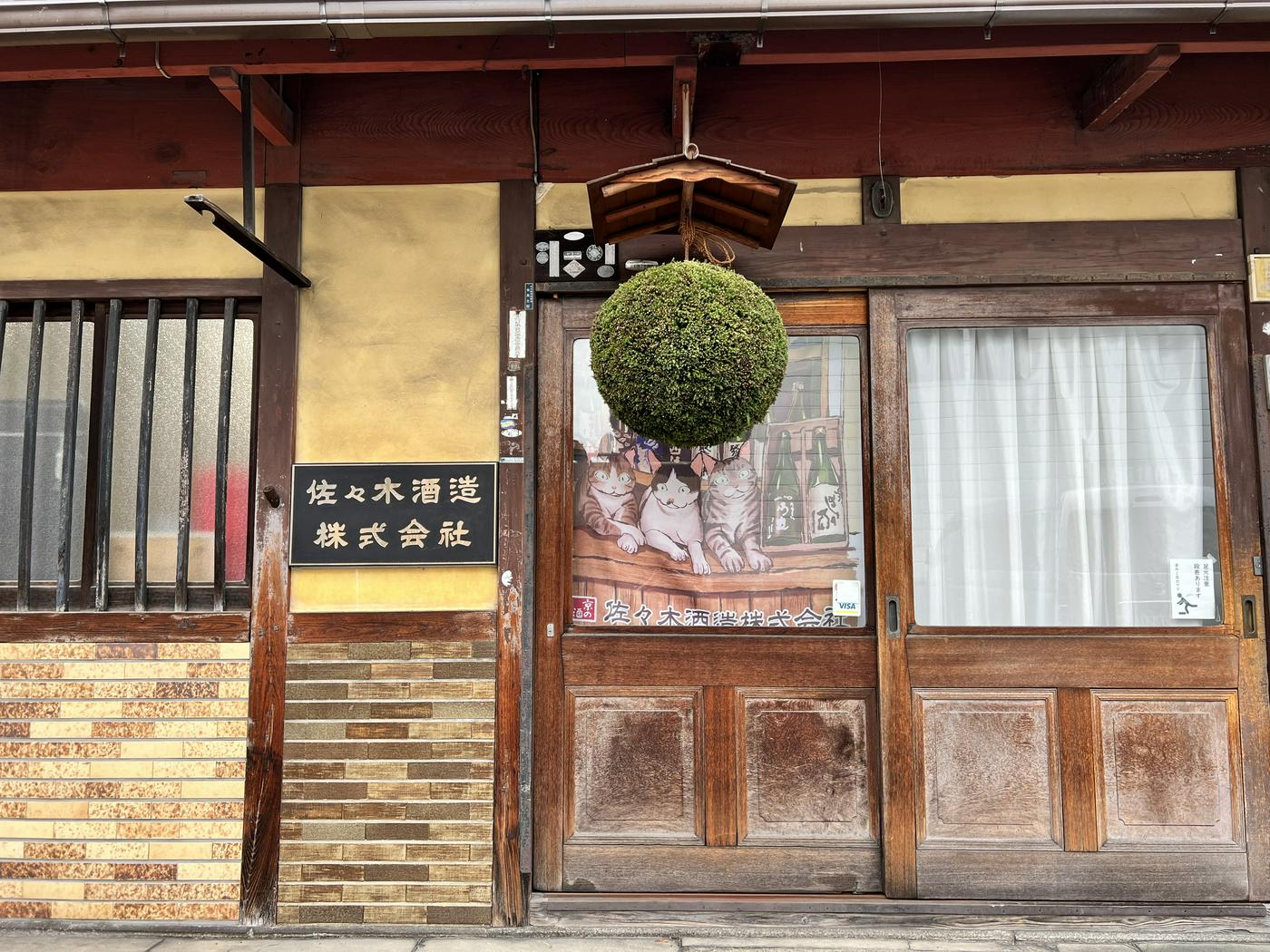
 Kyoto
experience
Kyoto
experience Contact us by phone
Contact us by phone Contact by email
Contact by email